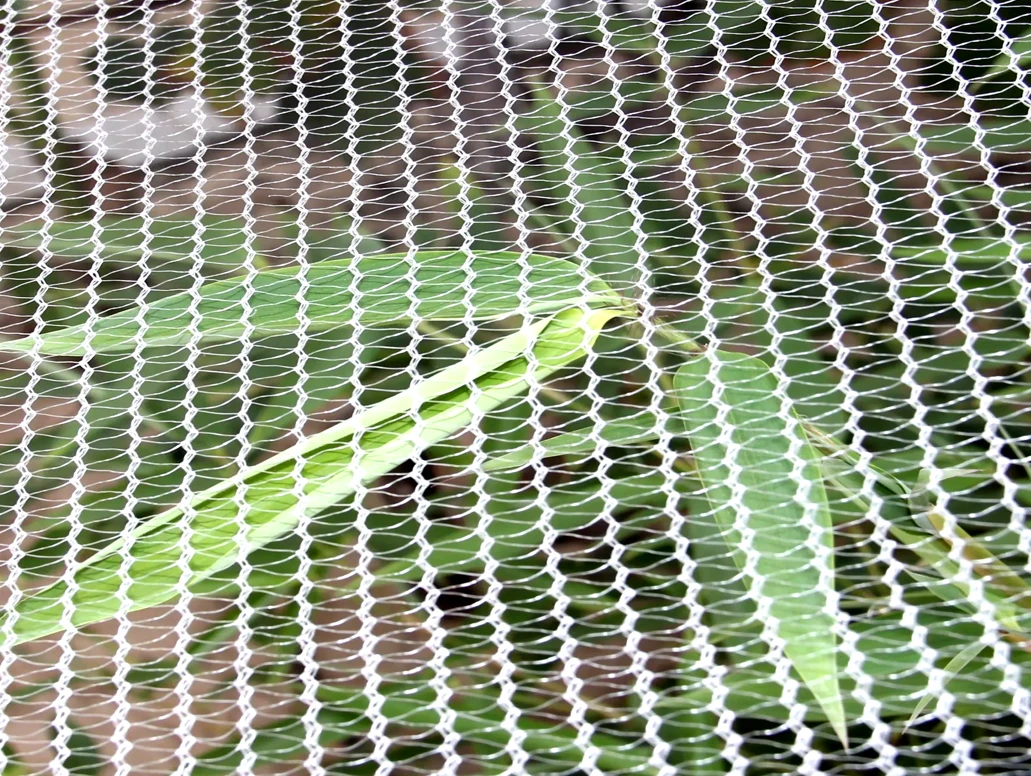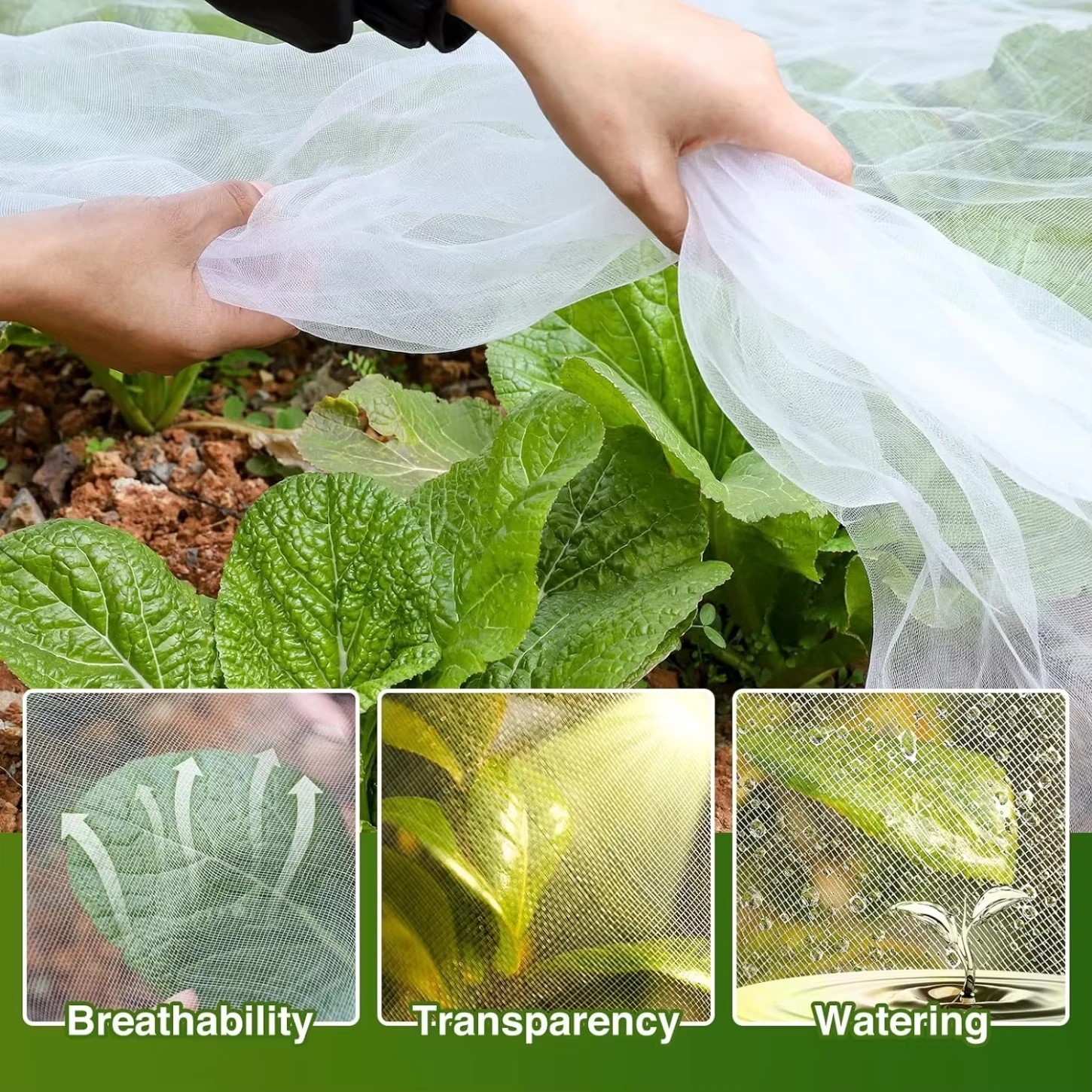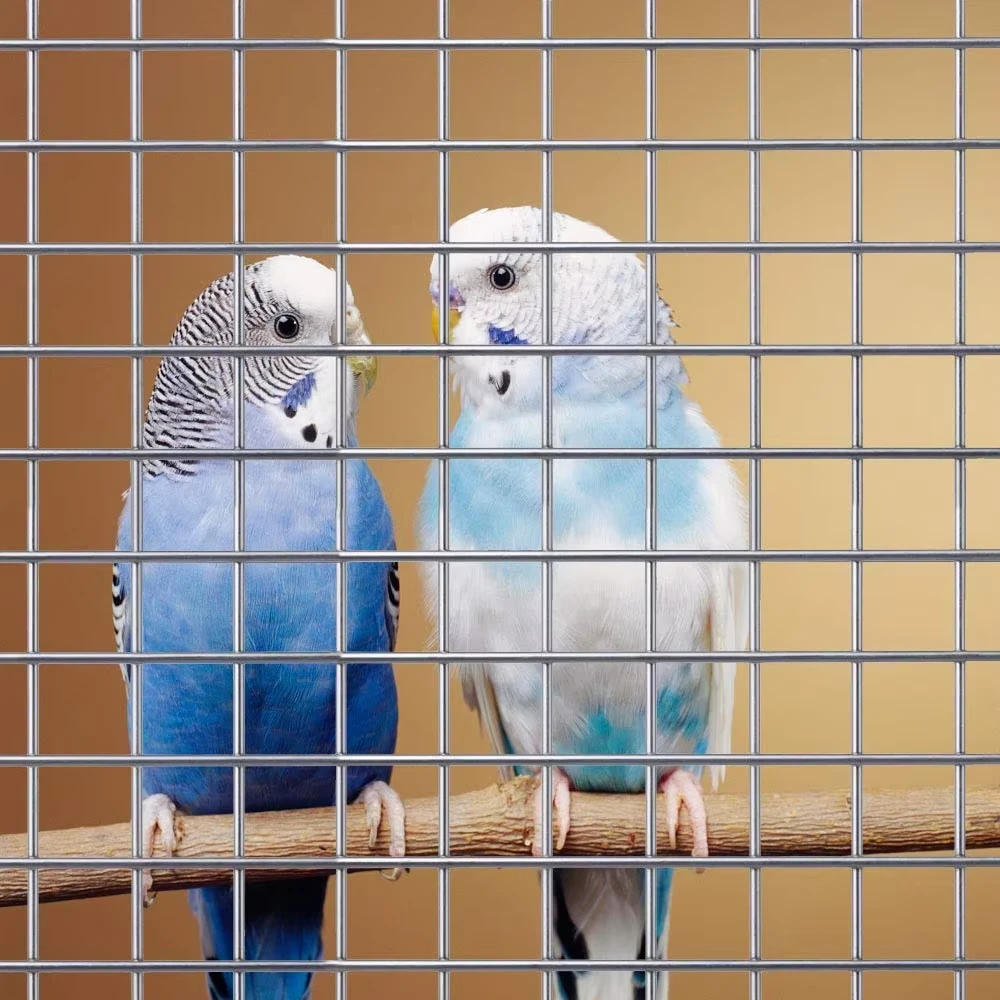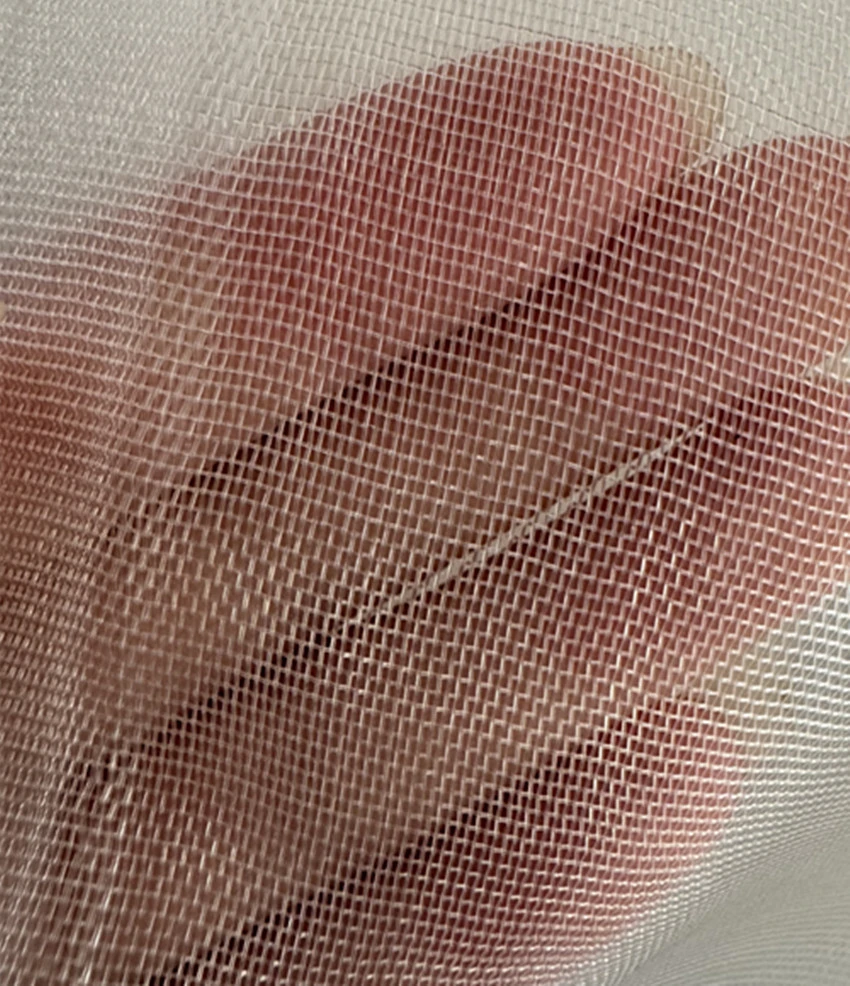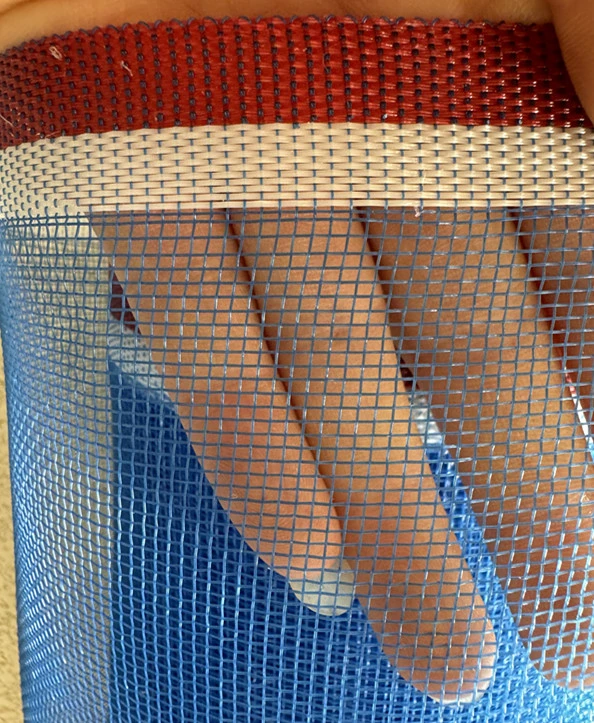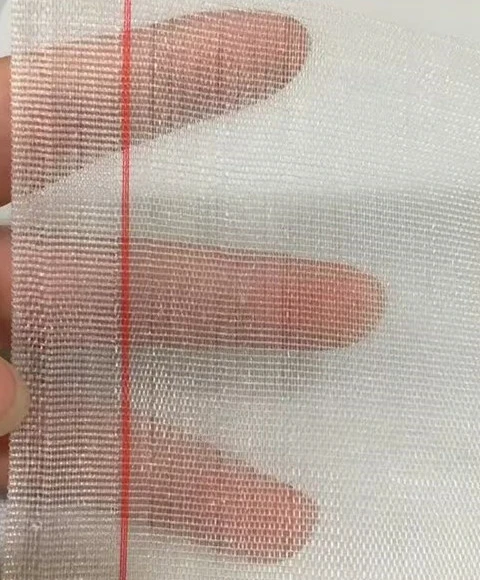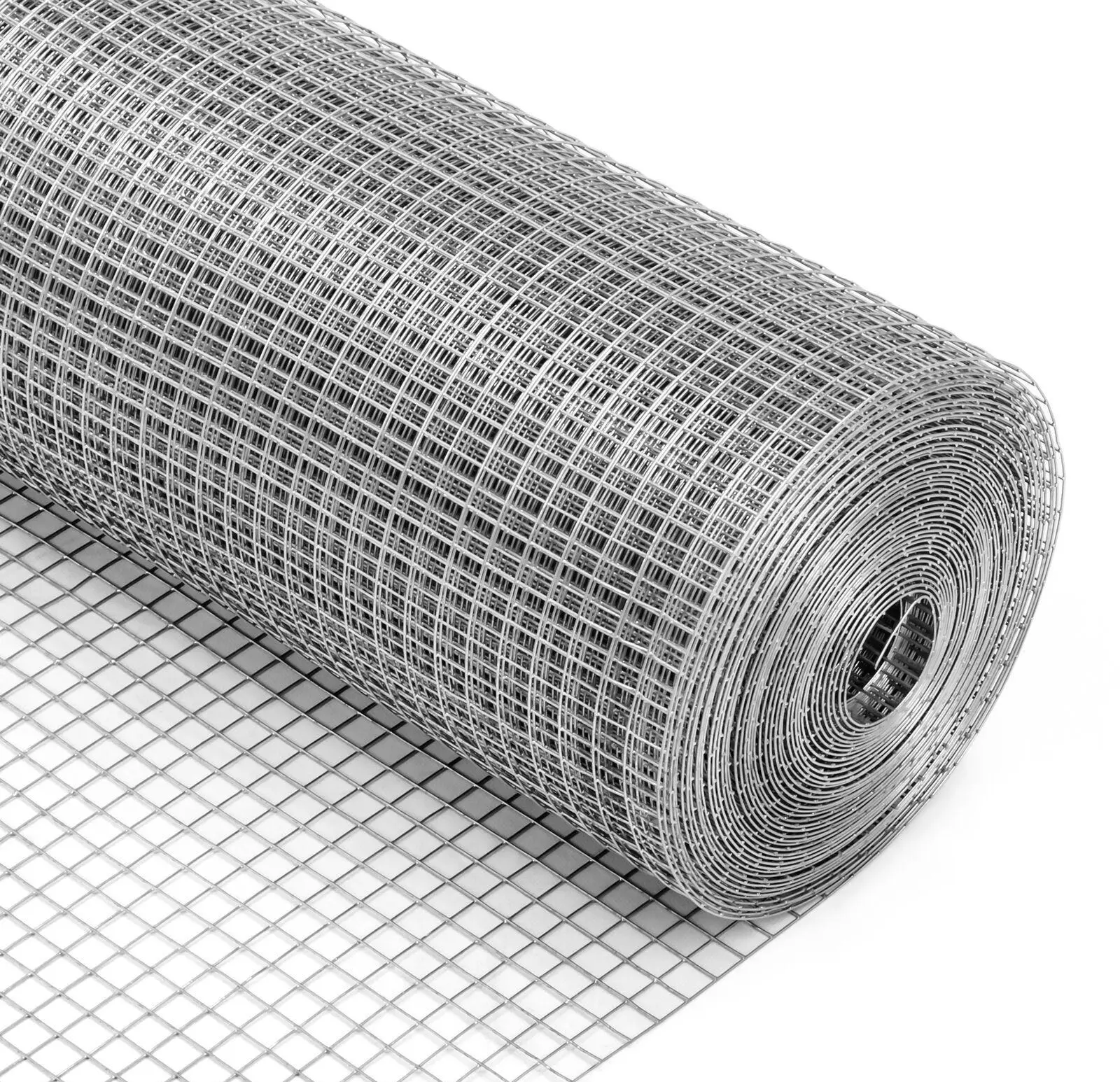-
 Afrikaans
Afrikaans -
 Albanian
Albanian -
 Amharic
Amharic -
 Arabic
Arabic -
 Armenian
Armenian -
 Azerbaijani
Azerbaijani -
 Basque
Basque -
 Belarusian
Belarusian -
 Bengali
Bengali -
 Bosnian
Bosnian -
 Bulgarian
Bulgarian -
 Catalan
Catalan -
 Cebuano
Cebuano -
 China
China -
 Corsican
Corsican -
 Croatian
Croatian -
 Czech
Czech -
 Danish
Danish -
 Dutch
Dutch -
 English
English -
 Esperanto
Esperanto -
 Estonian
Estonian -
 Finnish
Finnish -
 French
French -
 Frisian
Frisian -
 Galician
Galician -
 Georgian
Georgian -
 German
German -
 Greek
Greek -
 Gujarati
Gujarati -
 Haitian Creole
Haitian Creole -
 hausa
hausa -
 hawaiian
hawaiian -
 Hebrew
Hebrew -
 Hindi
Hindi -
 Miao
Miao -
 Hungarian
Hungarian -
 Icelandic
Icelandic -
 igbo
igbo -
 Indonesian
Indonesian -
 irish
irish -
 Italian
Italian -
 Japanese
Japanese -
 Javanese
Javanese -
 Kannada
Kannada -
 kazakh
kazakh -
 Khmer
Khmer -
 Rwandese
Rwandese -
 Korean
Korean -
 Kurdish
Kurdish -
 Kyrgyz
Kyrgyz -
 Lao
Lao -
 Latin
Latin -
 Latvian
Latvian -
 Lithuanian
Lithuanian -
 Luxembourgish
Luxembourgish -
 Macedonian
Macedonian -
 Malgashi
Malgashi -
 Malay
Malay -
 Malayalam
Malayalam -
 Maltese
Maltese -
 Maori
Maori -
 Marathi
Marathi -
 Mongolian
Mongolian -
 Myanmar
Myanmar -
 Nepali
Nepali -
 Norwegian
Norwegian -
 Norwegian
Norwegian -
 Occitan
Occitan -
 Pashto
Pashto -
 Persian
Persian -
 Polish
Polish -
 Portuguese
Portuguese -
 Punjabi
Punjabi -
 Romanian
Romanian -
 Russian
Russian -
 Samoan
Samoan -
 Scottish Gaelic
Scottish Gaelic -
 Serbian
Serbian -
 Sesotho
Sesotho -
 Shona
Shona -
 Sindhi
Sindhi -
 Sinhala
Sinhala -
 Slovak
Slovak -
 Slovenian
Slovenian -
 Somali
Somali -
 Spanish
Spanish -
 Sundanese
Sundanese -
 Swahili
Swahili -
 Swedish
Swedish -
 Tagalog
Tagalog -
 Tajik
Tajik -
 Tamil
Tamil -
 Tatar
Tatar -
 Telugu
Telugu -
 Thai
Thai -
 Turkish
Turkish -
 Turkmen
Turkmen -
 Ukrainian
Ukrainian -
 Urdu
Urdu -
 Uighur
Uighur -
 Uzbek
Uzbek -
 Vietnamese
Vietnamese -
 Welsh
Welsh -
 Bantu
Bantu -
 Yiddish
Yiddish -
 Yoruba
Yoruba -
 Zulu
Zulu
Know About Insect Proof Net
With the rapid development of agricultural modernization, the prevention and control of crop diseases and insect pests has increasingly become an important factor restricting agricultural production. Although traditional chemical pesticides are effective, they will pollute the environment, pose a threat to human health, and may also lead to drug resistance of pests. Therefore, insect proof mesh, as a physical protection means, has been more and more widely used in modern agriculture.
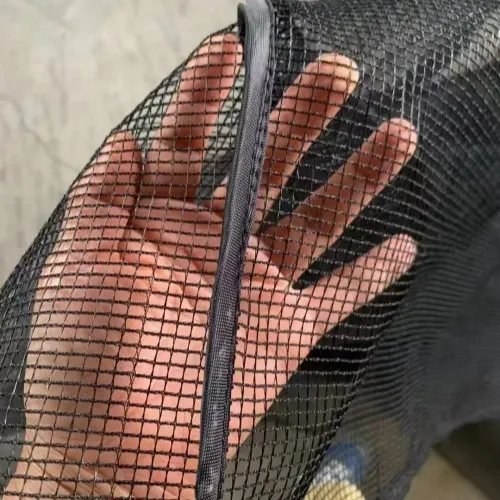
Basic Principle of Insect Proof Net
The basic principle of insect proof mesh is to prevent pests from contacting crops by setting physical barriers. The size of these meshes is usually designed according to the types of target pests. For example, for small pests such as aphids and whiteflies, insect proof net with smaller apertures are needed, while for larger pests such as locusts, insect proof netting with larger apertures can be selected. The function of insect proof mesh is not limited to preventing the invasion of pests, but also can slow down the wind speed and reduce the direct irradiation of strong light on crops, thus improving the growing environment of crops.
Types of Insect Proof Net
There are many kinds of insect proof netting, and their selection usually depends on the target pests, crop types and use environment. The following are several common types of insect proof net:
- According to the material classification
Polyethylene insect proof mesh: the most widely used type, with corrosion resistance, aging resistance and high strength.
Nylon vermin proof mesh: It has good flexibility and is suitable for covering some easily damaged crops, but its service life is relatively short.
- Classification by aperture
Macroporous insect proof mesh: suitable for protecting larger pests, such as locusts or beetles.
Small-hole insect proof mesh: suitable for protecting small pests, such as aphids, whitefly or thrips. Generally, the aperture is between 0.3 and 0.8 mm.
3. classify by color
White insect proof net: it has strong reflective performance, which can reduce the impact of direct sunlight on crops and block pests at the same time.
Black insect netting: mainly used to reduce temperature and light, suitable for some shade-loving crops.
Green insect proof net: it is mostly used in occasions with strong shading function and has certain insect-proof effect.
- insect proof nets with special functions
Anti-ultraviolet vermin proof mesh: add UV stabilizer to extend the service life of the net, suitable for strong ultraviolet areas.
Rain-proof insect proof net: The density is higher, which can play a rain-proof function at the same time and reduce the impact of rain on crops.
Application Case of Insect Proof Mesh
Greenhouse planting
Installing insect proof net in greenhouses can effectively prevent pests from invading, and at the same time, combined with other temperature and humidity control equipment, create a microclimate environment suitable for crop growth. For example, in the cultivation of tomatoes and sweet peppers, insect proof net can significantly reduce the spread of viral diseases.
Protection in open-air planting
Some high value-added cash crops, such as strawberries and melons, can avoid the invasion of whitefly and aphids and reduce the use of chemical pesticides by building insect proof nets in open-air planting environment.
Field protection of grain crops
For rice, wheat and other food crops, insect proof net can be used as fences to prevent locusts or moths from invading, and at the same time reduce the risk of pests and diseases at the farmland boundary.
In the future, with the progress of agricultural science and technology, the functions and materials of insect proof nets will be more diversified and intelligent, providing more comprehensive protection for agricultural production. At the same time, the government and scientific research institutions should increase the promotion of insect proof nets to help more farmers benefit from this important tool, thus promoting the sustainable development of agriculture.
-
Anti Hail Net | UV-Stable, High-Strength Orchard ShieldNewsNov.17,2025
-
Anti Bird Netting – UV-Stable, Durable, Humane ProtectionNewsNov.17,2025
-
Welded Wire - Durable, Rust-Resistant Mesh, Custom SizesNewsNov.17,2025
-
Garden Mesh Sun Shade – UV-Resistant, Durable, Custom SizesNewsNov.17,2025
-
Bird in Net Solution: Humane, UV-Resistant Bird NettingNewsNov.17,2025
-
Stainless Steel Filters: Durable, Washable, High-FlowNewsNov.10,2025




